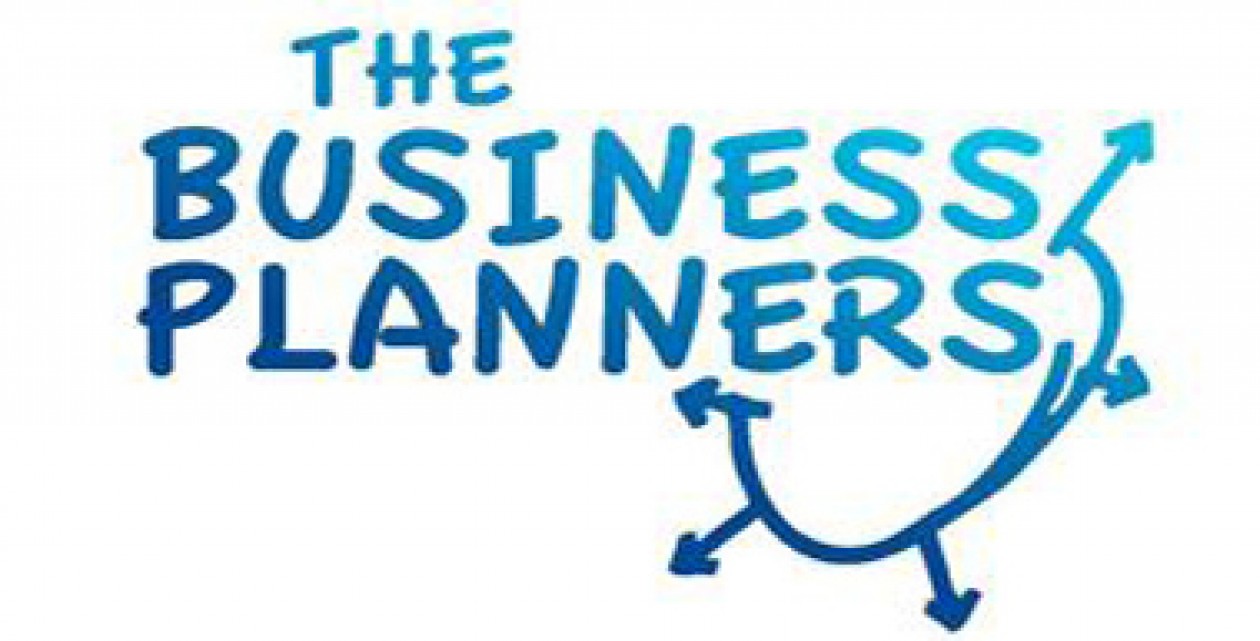“No Business Plan Survives First Contact With A Customer – The 5.2 billion dollar mistake.” Steve Blank
Business Plans vs Business Models, your business plan is a fixed point in time, your model can adapt. Think of writing a novel, once the novel has gone to print, no more changes, a blog, you can edit your content to adapt to changes in your surroundings and material.
Your business plan is a piece of paper, composed at the date of writing it, and fixed at the day of print. Could it be a nail in your business coffin, you are guided by the contents of the plan, your financial institution goes by what is contained, and your ability to borrow is partially based on the information contained within. Your future is dictated by the analysis of the past. Consider this “Do we ever look at them once they are written” probably not, any similarities to your wedding album or video? Placed in storage for future generations to see, but never experienced again.
Business Models are alive, they are work in progress, and we can change them to adapt, tackle an issue and move onto the next challenge. We can ask our customers to review our client facing operations, suggest improvements and have a continuous improvement circle. Imagine that with a business plan, it would only be drafted when we would have to start again, what a waste.
I understand that this argument is a double edged sword, business plans typically are a static document, great for fundraising, looked great in business schools and large companies, but completely broke down when confronted by the realities of the changing mobile phone business, Iridium and its Satellite Mobile Phone operation, hence the 5.2 billion mistake. Yes they can change, but how many business dust down the plan, review, analyse it and spend resources on a new plan. The world of commerce doesn’t sit still for you to dedicate resources, your business model is agile, adaptable and as described earlier, alive.
Some years ago, I reviewed a plan for a micro enterprise, a start up with an engineering metal fabrication idea. The plan ticked all the boxes, his background, plans for the future, finance, anticipated sales forecasts. Yet, did he ask his customers would they be willing to pay for this service, and what cost, was it a good product, and did a market exist to purchase this for the business to make a viable financial return. My last sentence should illustrate the answer No. He had spent resources in this business without focusing on what customers want, asking them, prototyping and re testing. His plan was static, but he was nimble enough being a single person operation to understand the need to change his business model.
Business Plans are like fishing. We pick our spot, review the environmental conditions, set up our equipment, bait our hoot, cast our line in one direction, wait and then reel in our line to see what we have caught. We are passive, waiting for the fish to come to us. Business Models, same again, pick the spot, review the environment, cast out. This time we are using a net, we are actively fishing, taking in what is in the water in front, discarding fish that we don’t want, too small or inedible.
We adapt to our environment, we are the master of our ship, our business. Business Models allow us to focus on change, adapt, survive and thrive.
Steve Blank No Business Plan Survives First Contact with a Customer, 5.2 Billion Dollar Disaster



Recent Comments